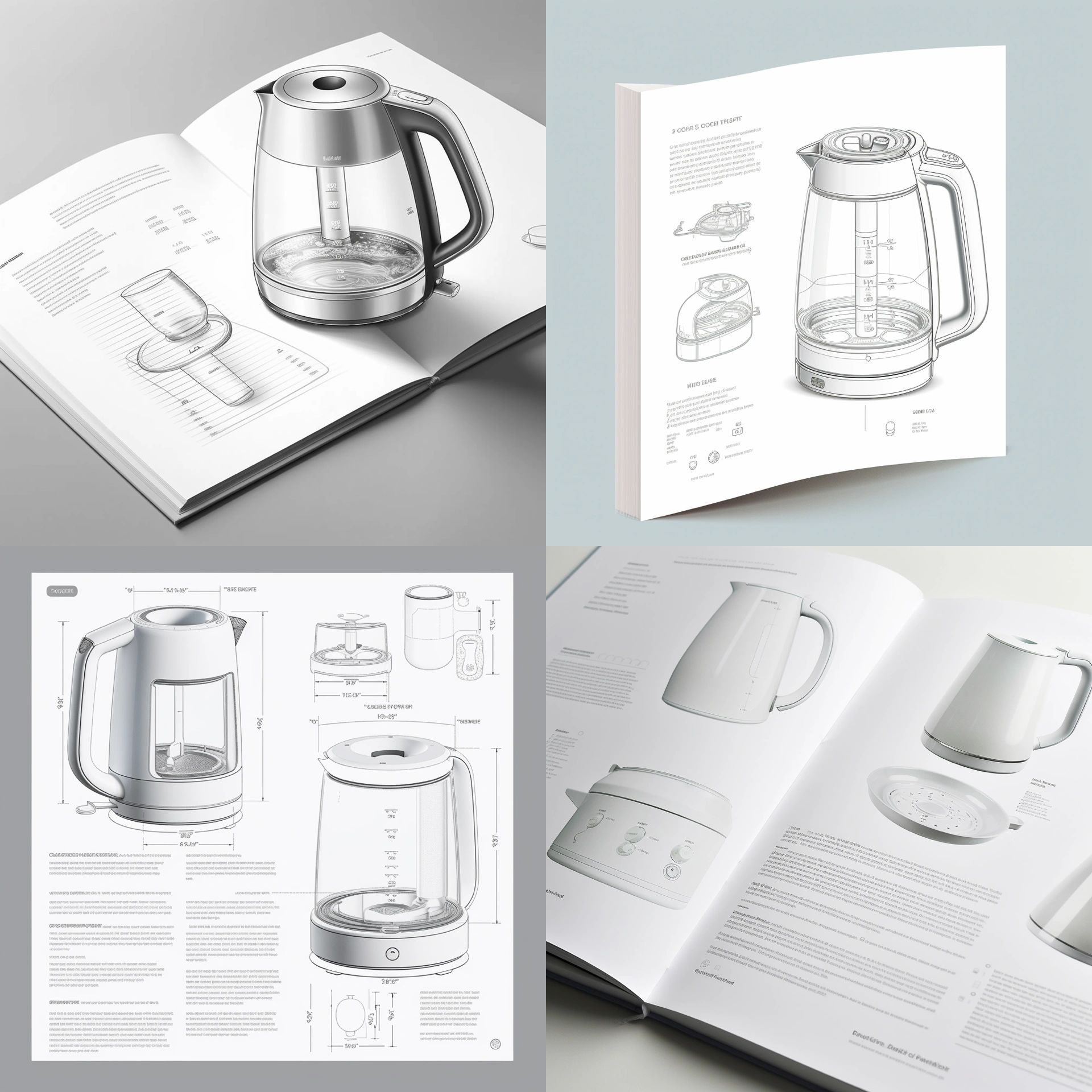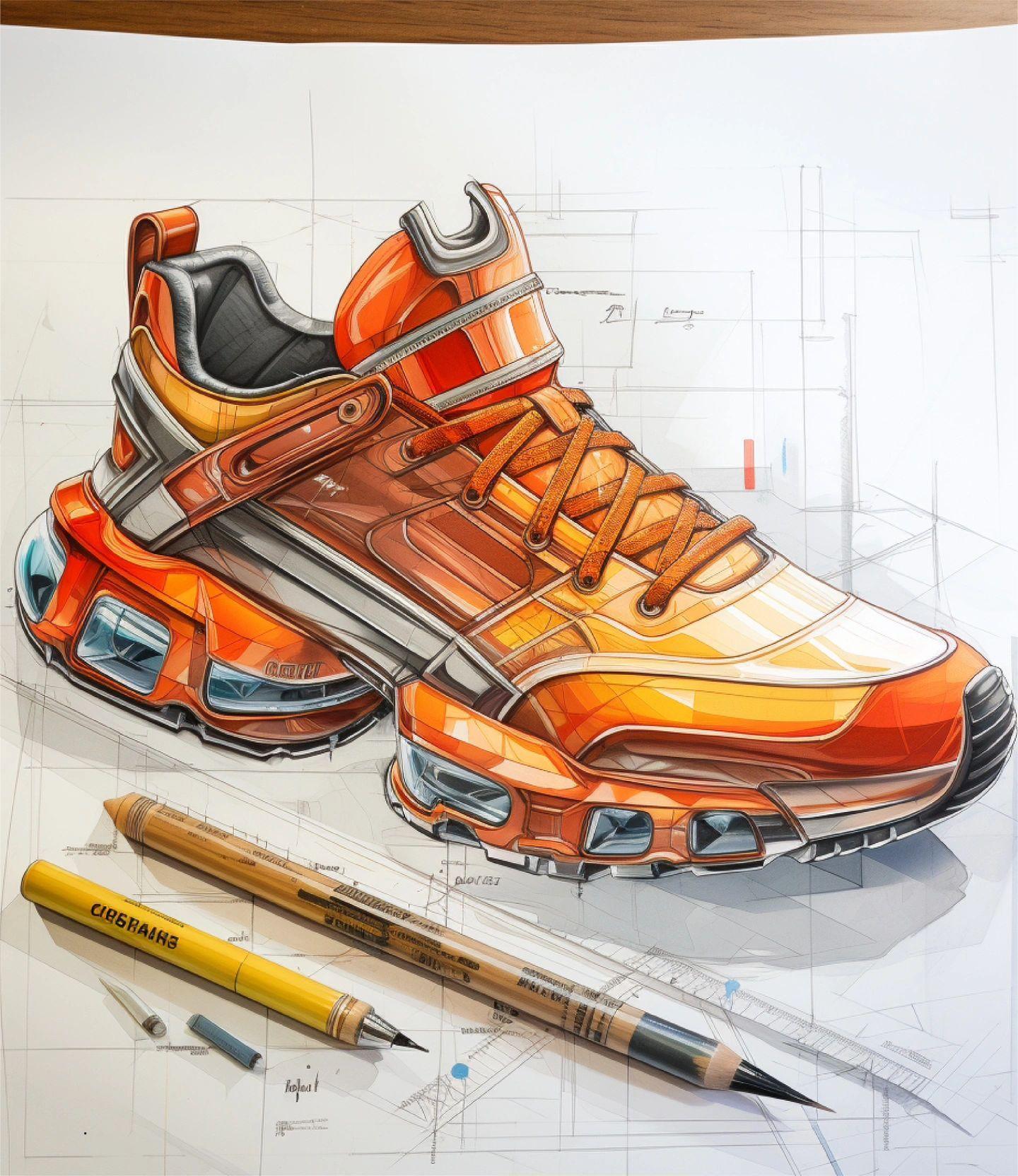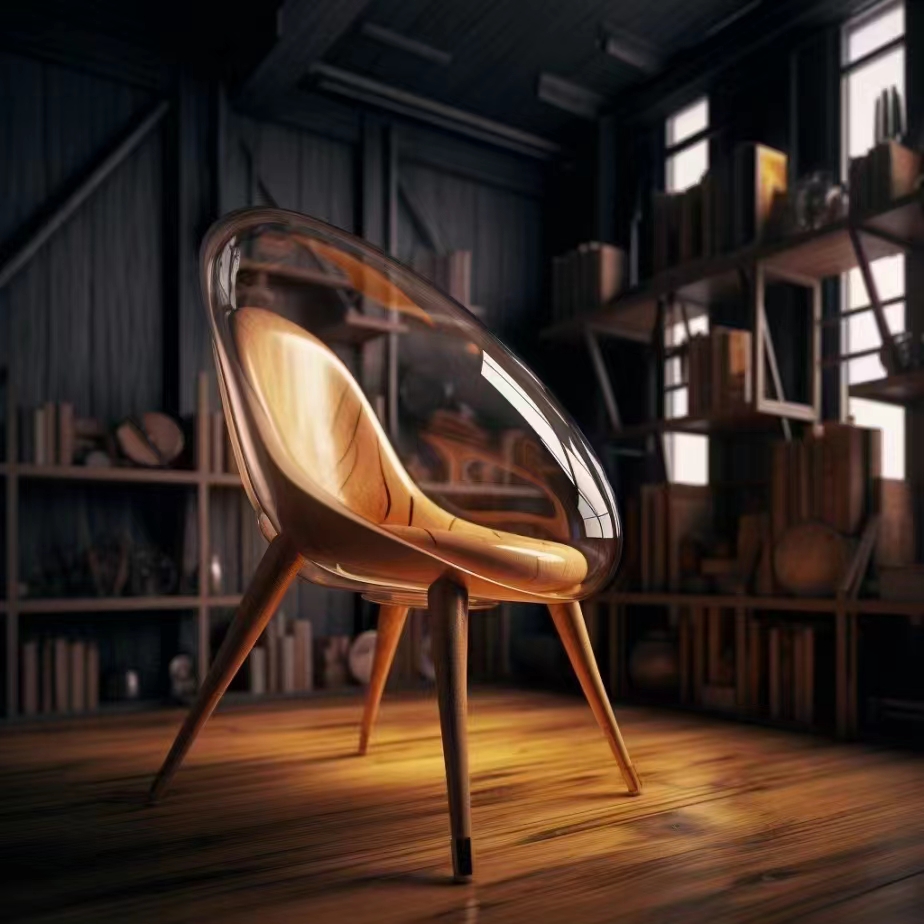The Benefits of CAD for Industrial Design and Product Design
Computer-Aided Design (CAD) has revolutionized the way industrial design and product design are carried out. Gone are the days when designers had to rely on hand-drawn sketches and physical models to bring their ideas to life. With CAD, designers can create digital models of their designs and test them in a virtual environment before moving on to physical prototypes.

One of the biggest benefits of CAD is its efficiency. Designers can make changes to their digital models quickly and easily, without having to start from scratch every time. This means that the design process can be streamlined, allowing designers to create more iterations of their designs in less time.
Another benefit of CAD is its accuracy. With CAD, designers can create precise digital models that are free from human error. This means that the final product will be more accurate and consistent, and will require less time and money to produce.

CAD also allows for better collaboration between designers and other stakeholders. With digital models, designers can share their designs with clients, engineers, and manufacturers, allowing them to provide feedback and make changes in real-time.
Overall, CAD has become an essential tool for industrial design and product design. Its efficiency, accuracy, and collaborative nature have made it an invaluable asset for designers, helping them to create better products in less time.





